When it comes to providing a safe and comfortable environment for your hamster, choosing the right cage is paramount. Hamsters, despite their small size, have specific needs that must be met to ensure their wellbeing. This article delves into the essential aspects of a hamster cage that potential and current owners should consider. From size and design to ventilation and ease of cleaning, we’ll guide you through what makes a hamster cage suitable for your pet.
Table of Contents:
– Understanding the size and space requirements
– The importance of proper ventilation and safety
– Choosing the right materials for durability and ease of cleaning
– Accessories and enrichment for your hamster’s wellbeing
– Maintenance and cleaning tips for a healthy habitat
Understanding the size and space requirements
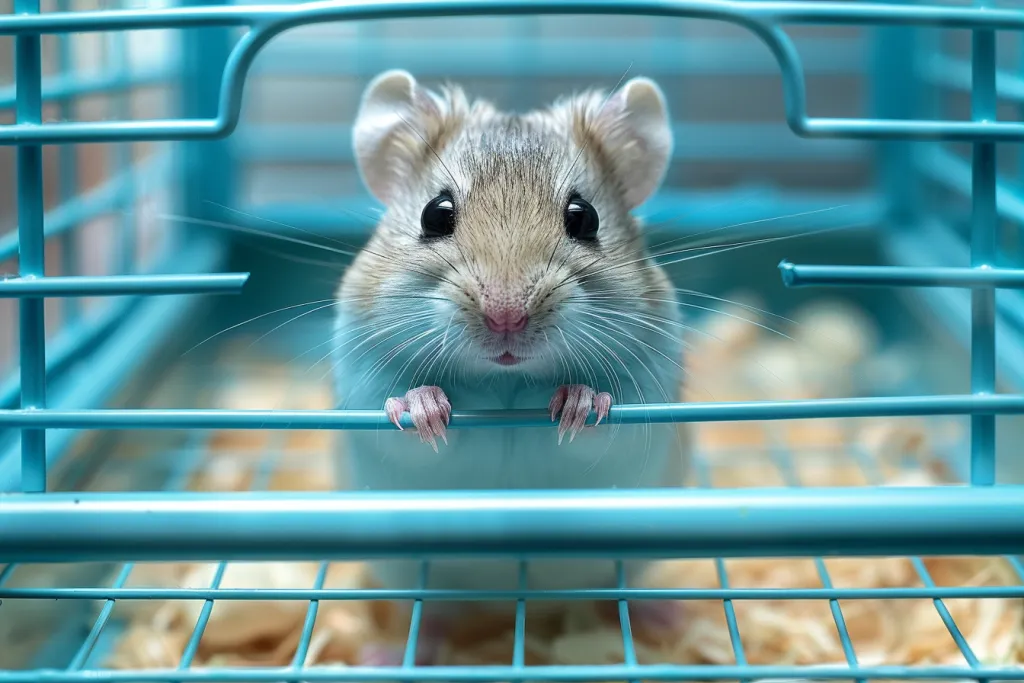
Hamsters are active creatures that require ample space to move, play, and explore. A common misconception is that due to their small size, hamsters can thrive in compact spaces. However, cramped conditions can lead to stress, obesity, and other health issues. A cage that provides enough room for exercise and exploration is crucial. Additionally, the cage should accommodate a wheel, bedding, and separate areas for sleeping, eating, and eliminating.
The concept of vertical space should also be considered, especially for species like the Syrian hamster, which enjoys climbing. Multi-level cages can offer more activity options and enrich your pet’s life. However, it’s important to ensure that these levels are safely accessible to prevent falls and injuries.
Lastly, while considering size, future expansions or modifications to the cage should be taken into account. This flexibility allows for adjustments based on your hamster’s changing needs or the addition of new toys and accessories.
The importance of proper ventilation and safety
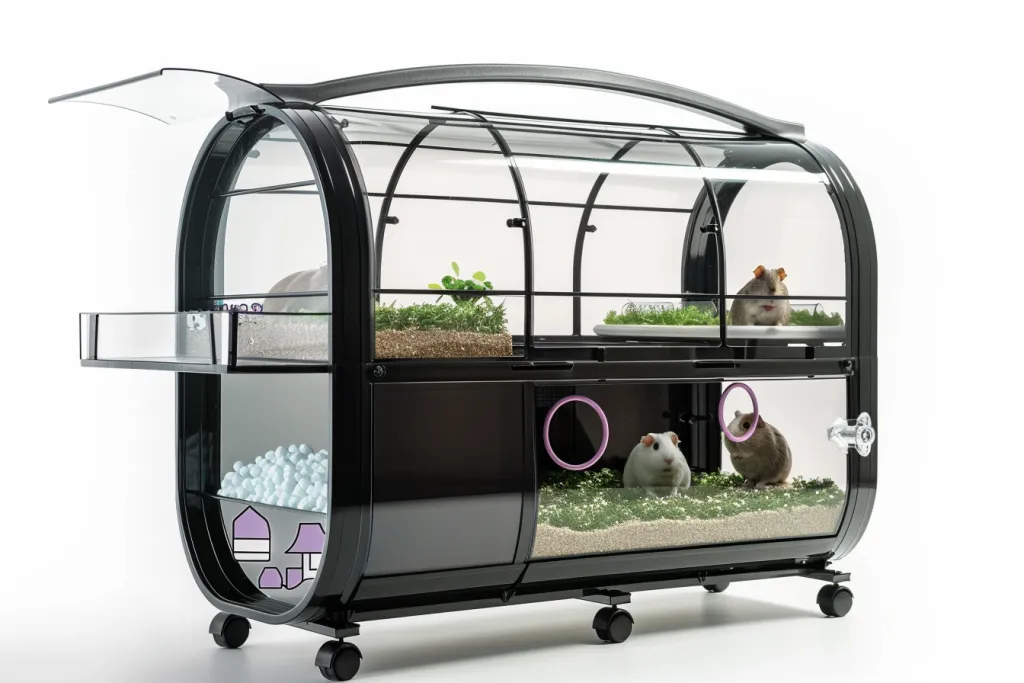
Ventilation is crucial in a hamster cage to maintain fresh air and prevent the buildup of ammonia from urine. A well-ventilated cage helps in keeping the environment clean and odor-free, contributing to your hamster’s overall health. Wire cages generally offer excellent ventilation, but it’s important to ensure that the spacing between wires is narrow enough to prevent escapes or injuries.
Safety is another critical aspect. The cage’s design should protect your hamster from potential hazards, such as sharp edges or loose components that could cause harm. Additionally, the cage should be secure from external threats, including other pets or young children, to provide a safe haven for your furry friend.
Choosing the right materials for durability and ease of cleaning
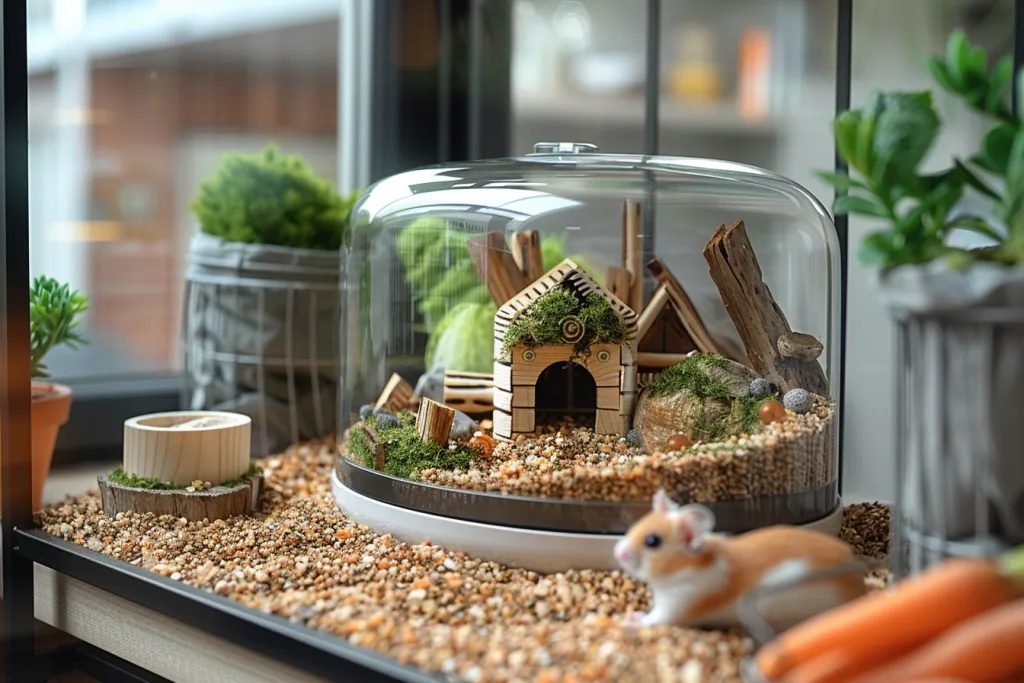
The materials of the hamster cage play a significant role in its durability and ease of maintenance. Plastic cages are lightweight and easy to clean but may not withstand the test of time as well as metal or glass options. On the other hand, wire cages offer durability and excellent ventilation, though they can be more challenging to clean due to their complex structures.
Glass aquariums are another option, providing a clear view of your pet and easy cleaning. However, they can be heavy and require adequate ventilation modifications. When selecting materials, consider the balance between durability, ease of cleaning, and your hamster’s comfort.
Accessories and enrichment for your hamster’s wellbeing
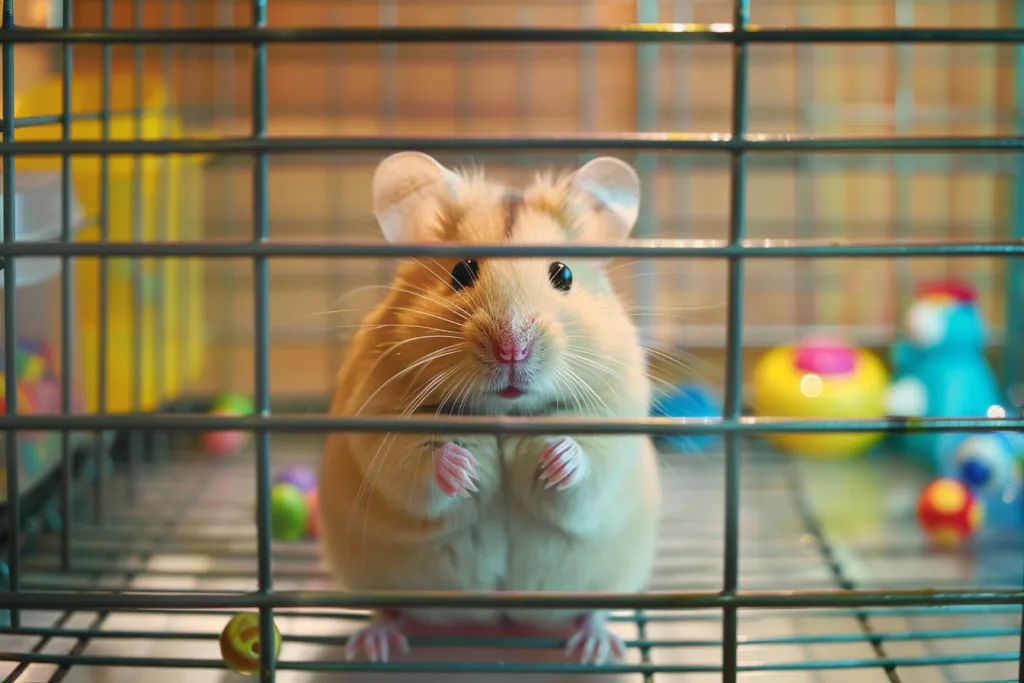
A hamster’s cage is not just a living space; it’s a playground that should stimulate and entertain. Accessories like wheels, tunnels, and hideouts are essential for your hamster’s physical and mental health. A wheel allows for necessary exercise, while tunnels and hideouts mimic a hamster’s natural habitat, offering places to explore and rest.
When choosing accessories, ensure they are safe and appropriate for your hamster’s size. Regularly inspect them for signs of wear and tear, replacing any damaged items to prevent injuries. Additionally, consider rotating or introducing new accessories periodically to keep the environment engaging for your pet.
Maintenance and cleaning tips for a healthy habitat
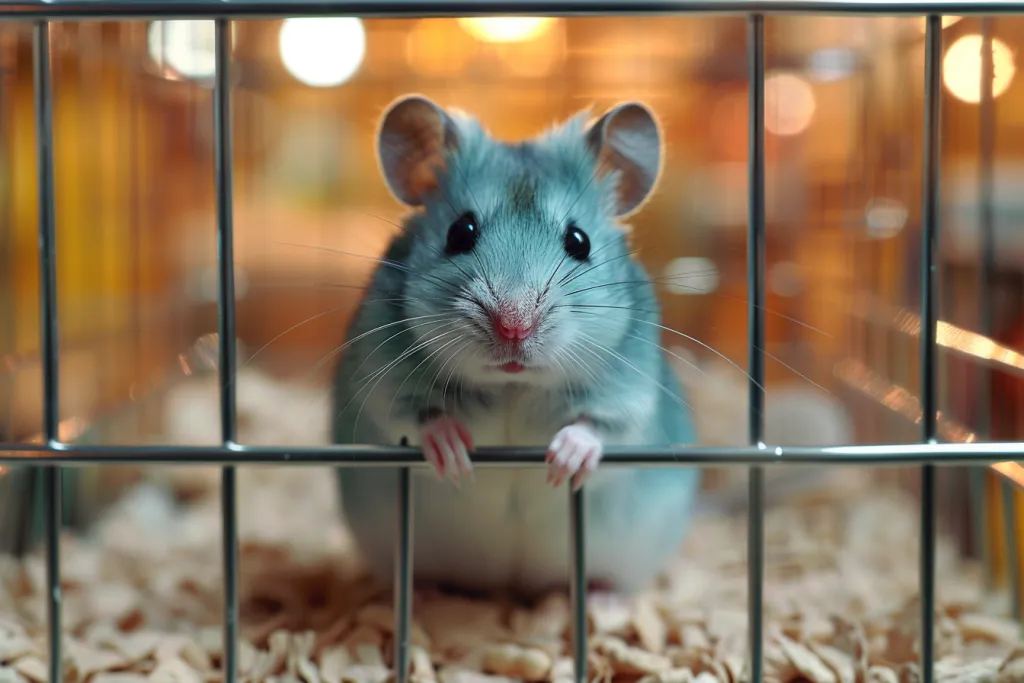
Regular cleaning is essential to maintain a healthy and odor-free hamster cage. A routine should include daily spot cleaning to remove soiled bedding and uneaten food, along with a more thorough weekly cleaning. During the weekly clean, all bedding should be replaced, and the cage and accessories washed with a pet-safe disinfectant.
Proper maintenance also involves checking the structural integrity of the cage and accessories to ensure they remain safe and functional. Keeping a consistent cleaning schedule not only promotes a healthy environment for your hamster but also makes the task more manageable for you.
Conclusion:
Selecting and maintaining the right hamster cage requires careful consideration of several factors, including size, ventilation, materials, and enrichment opportunities. By prioritizing your hamster’s needs and wellbeing, you can create a comfortable and stimulating environment that supports their health and happiness. Remember, a well-chosen cage is not just a home for your hamster; it’s the foundation for a fulfilling life.




